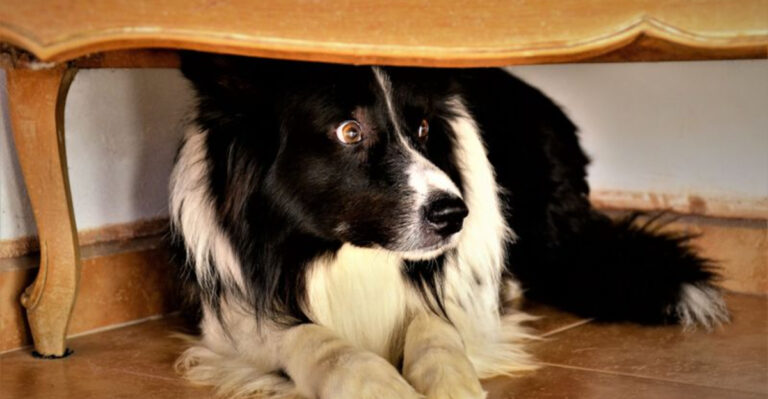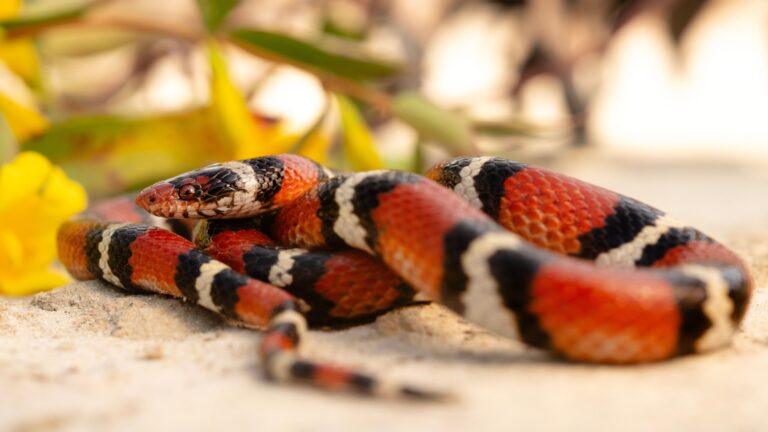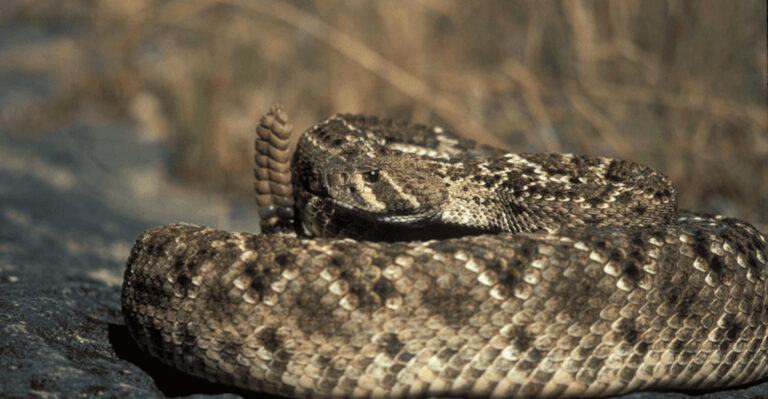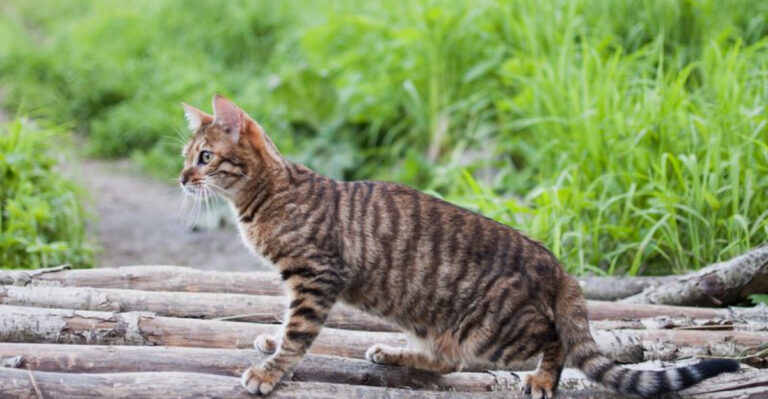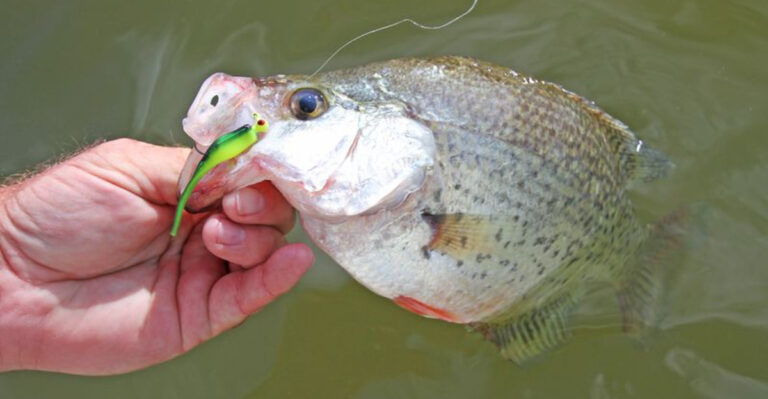Discover 15 Types Of Hoofed Animals (And Why They Have Them)
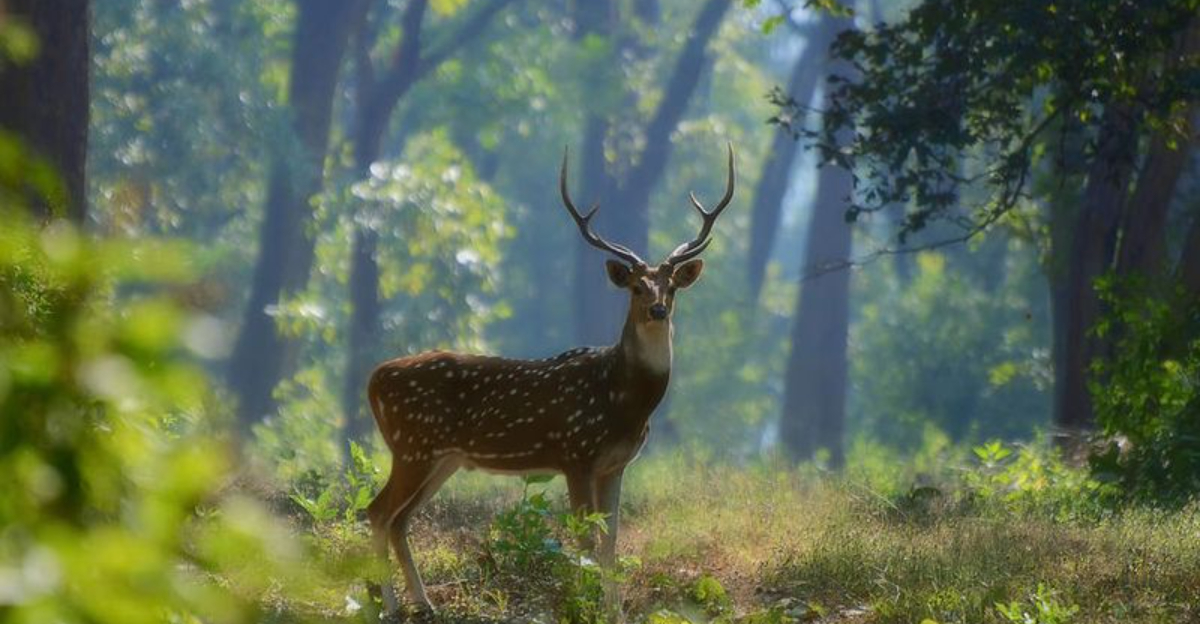
Hoofed animals, also known as ungulates, are a fascinating group of creatures that range from the large and majestic to the small and nimble.
Their hooves, which are actually evolved toenails, protect their feet and help them navigate their diverse habitats.
These animals can be found all over the world, each with its own unique adaptations and role in the ecosystem. Let’s explore 15 different types of hoofed animals and discover the surprising reasons why they have those handy hooves.
1. Giraffe
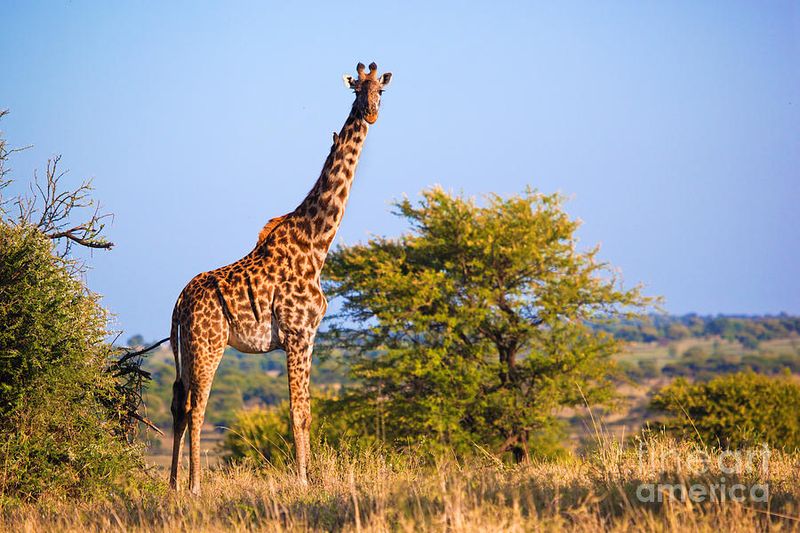
Ever wondered why giraffes are towering giants? Their long legs and necks aren’t just for show; they help them reach the topmost leaves. Those cloven hooves? They provide stability as these gentle giants reach for the skies.
2. Zebra
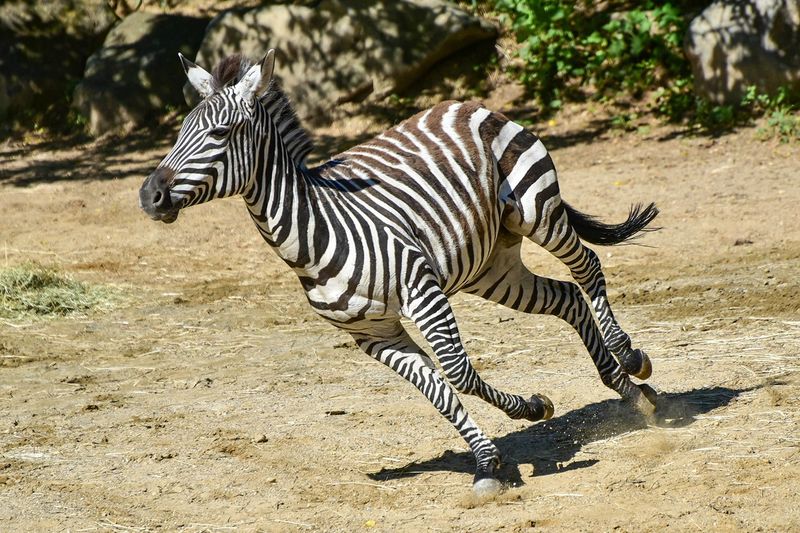
Zebras are the rock stars of the animal kingdom with their bold stripes. Their hooves are specially designed for speed, helping them outrun predators in the wild. With these hoofed speedsters, it’s all about the quick getaway!
3. Horse
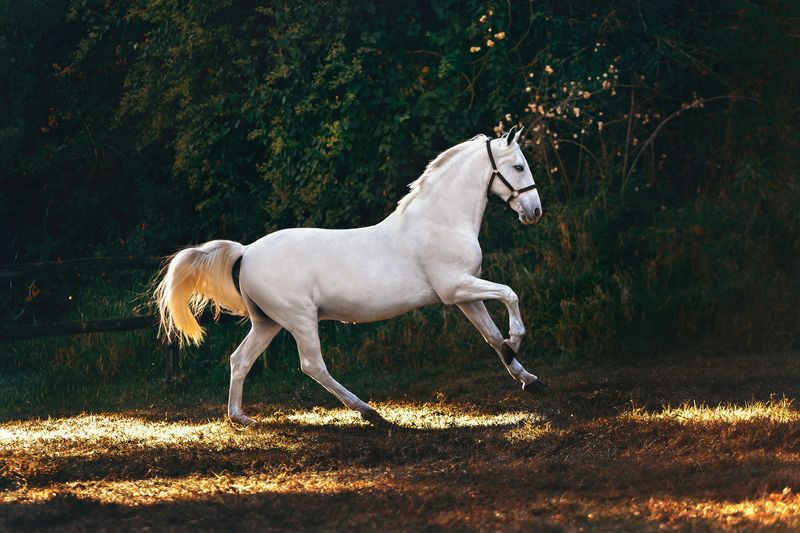
Horses, with their graceful gaits, have hooves made for trotting, galloping, and just plain showing off! Their strong hooves provide support and balance, making them reliable companions for humans over the centuries.
4. Rhinoceros
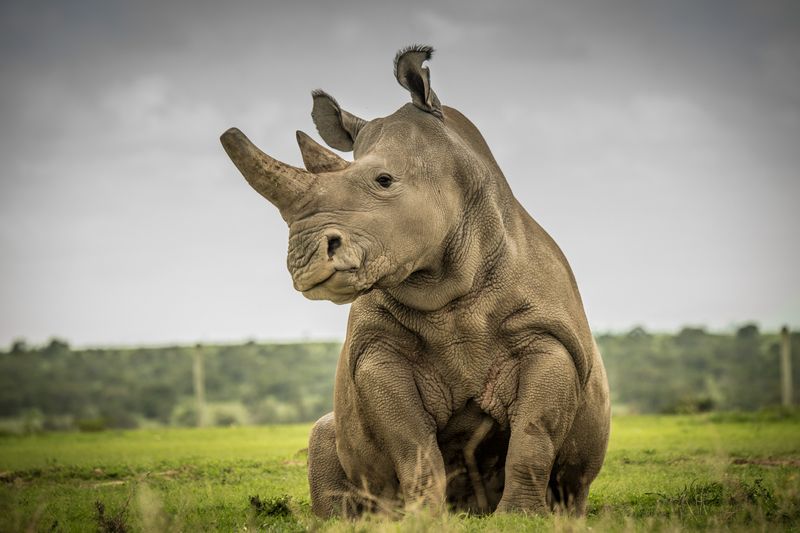
Rhinos might look like tanks on legs, but those tough hooves are crucial for supporting their hefty weight. Despite their size, rhinos can charge quickly when needed, thanks to their solid hooves.
5. Bison
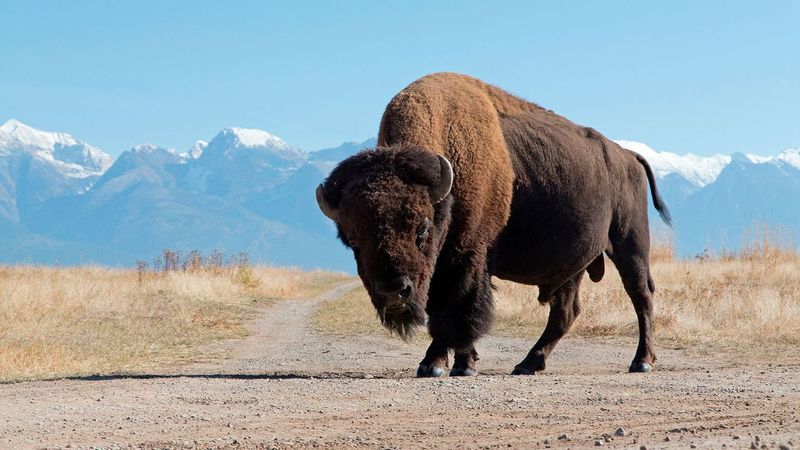
Bisons are like the bodybuilders of the hoofed world. Their hooves are built to plow through snow and dirt, keeping them steady and grounded as they roam the plains. Talk about power and grace!
6. Deer
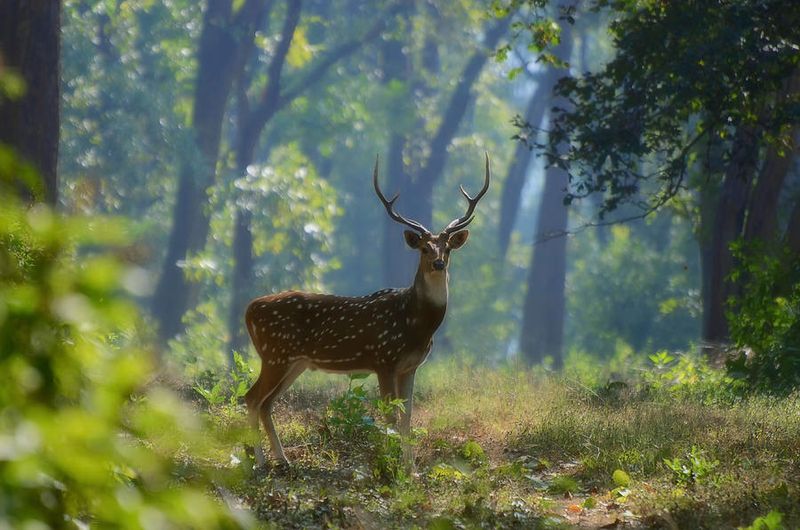
Deer might seem like the ballet dancers of the forest with their light-footed steps. Their small, split hooves allow for quick movements through dense underbrush, ensuring they remain elusive to predators.
7. Goat
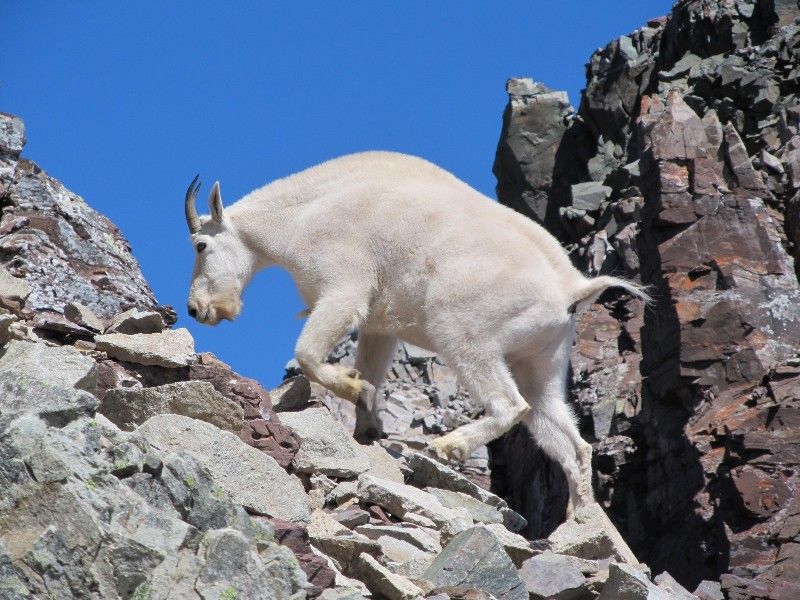
Goats are the acrobats of the mountains, navigating rocky terrains with ease. Their hooves are designed for climbing, giving them the grip needed to tackle steep inclines and rough surfaces without a hitch.
8. Sheep
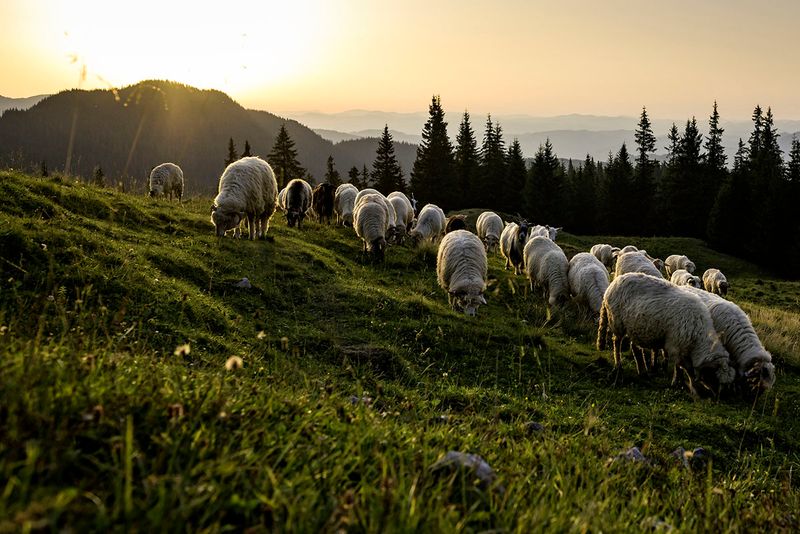
With their woolly coats, sheeps have hooves that are more than just cute. These hooves provide traction on slippery slopes and soft ground, making them well-suited for their pastoral lifestyles.
9. Moose
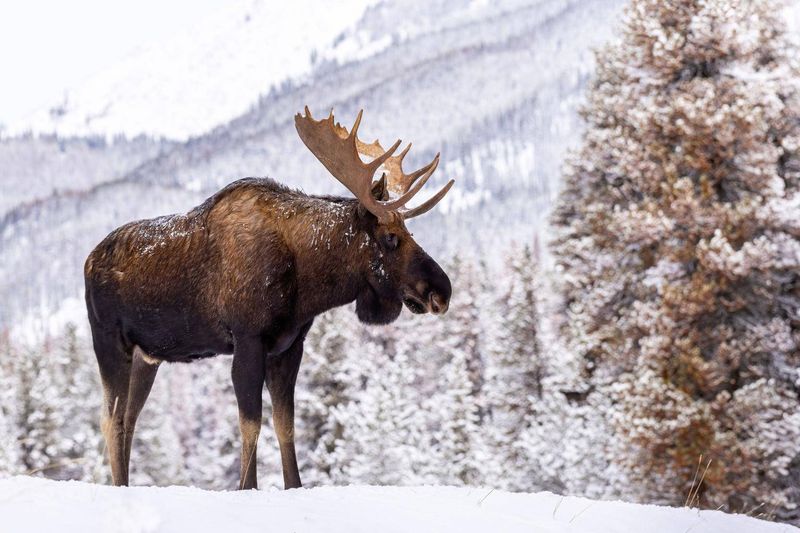
Moose are the giants of the northern woods, and those large hooves are perfect snowshoes. Designed to distribute their weight, these hooves enable moose to walk on snow and swampy ground without sinking.
10. Camel
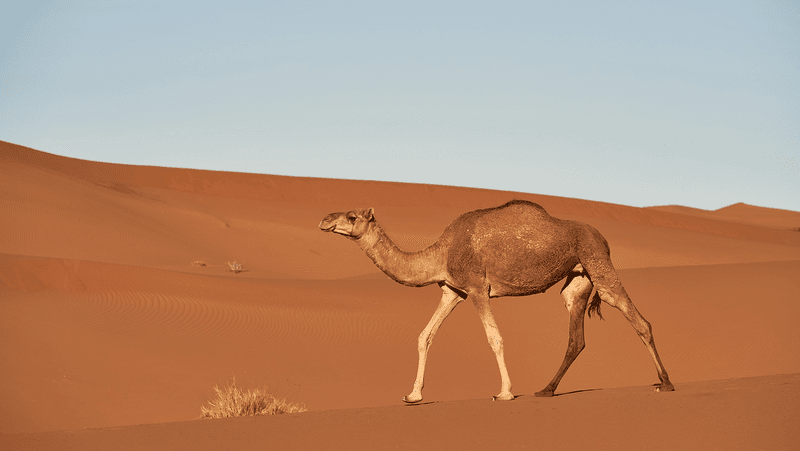
Often called the the ships of the desert, Camels have broad, flat hooves that keep them from sinking into the sand. These adaptable hooves help them travel long distances across arid landscapes with ease.
11. Tapir
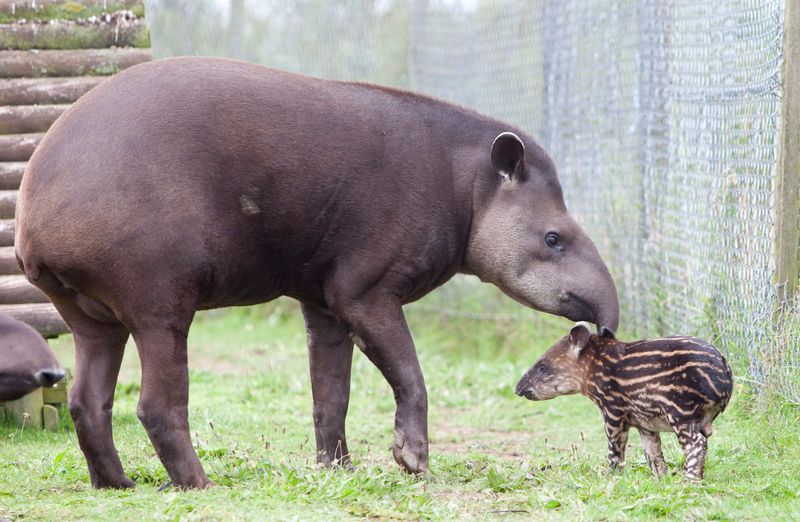
Tapirs might resemble pigs, but their hooves set them apart. They have odd-toed hooves that support foraging in dense jungles, allowing them to move quietly through their lush habitats.
12. Antelope
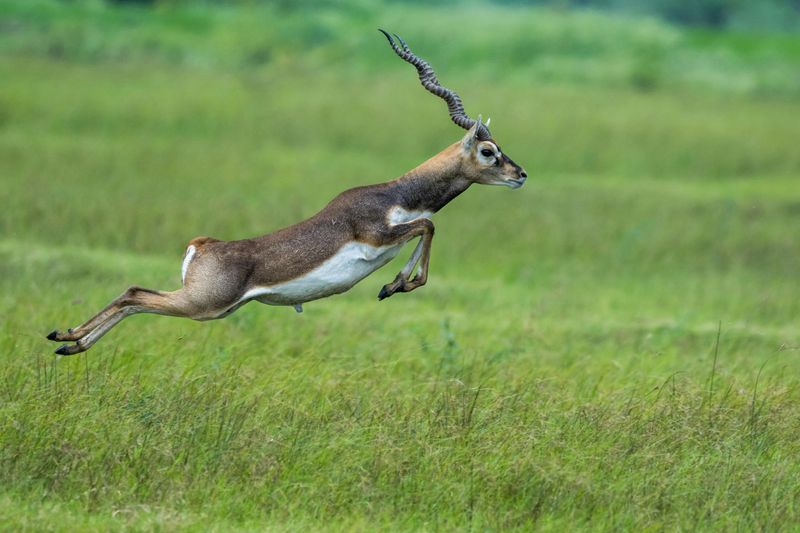
They are known as the sprinters of the wild, with hooves built for speed and agility. These nimble creatures can make sharp turns and rapid sprints, thanks to their specially adapted hooves.
13. Hippopotamus
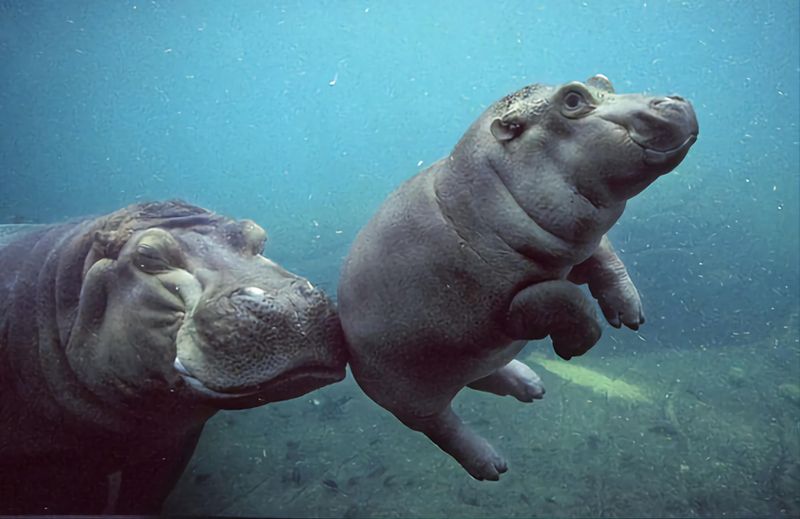
Hippos, with their bulky frames, have broad hooves that act like paddles in water. These hooves give them stability on land and aid in walking along riverbeds.
14. Pig
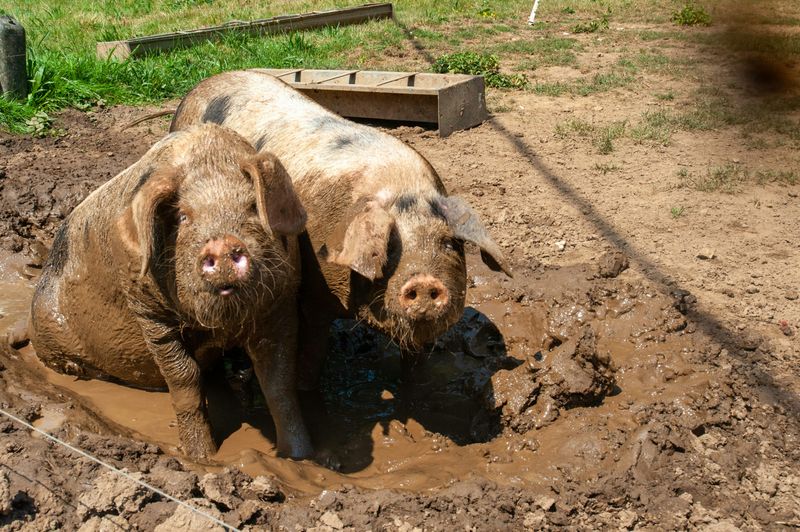
They might love the mud, but pigs hooves are all about business. These sturdy hooves help them root around for food and provide stability as they trot through their muddy homes.
15. Okapi
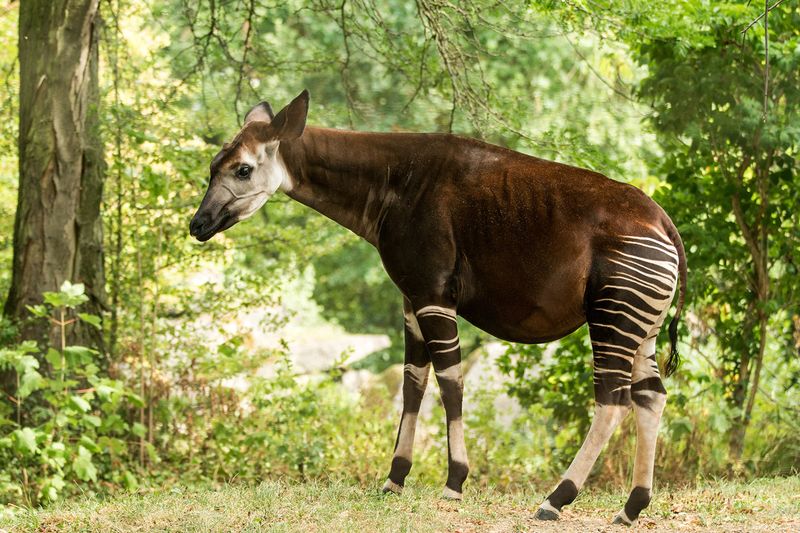
Ever heard of the okapi, the giraffe’s secretive cousin? With zebra-like stripes on their legs, okapis have hooves that allow them to stealthily navigate the dense forests of the Congo.

